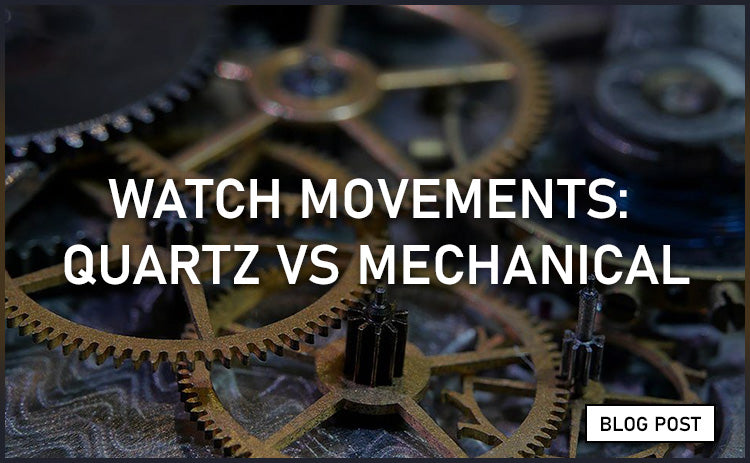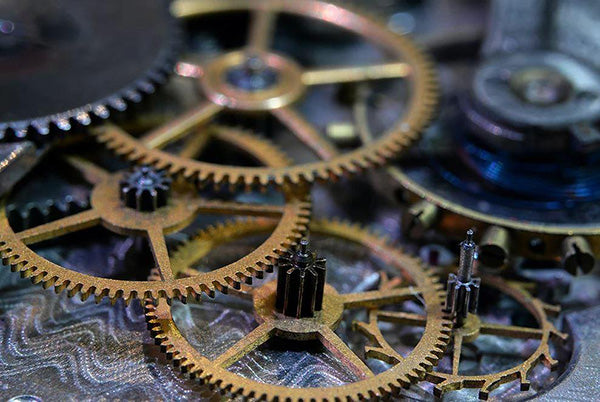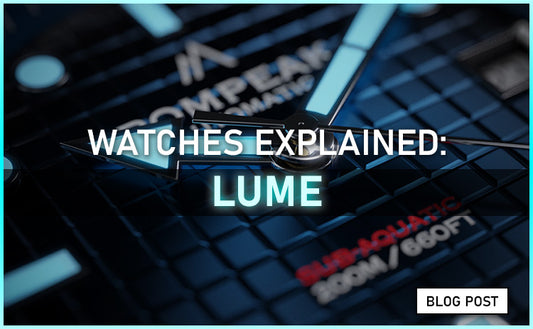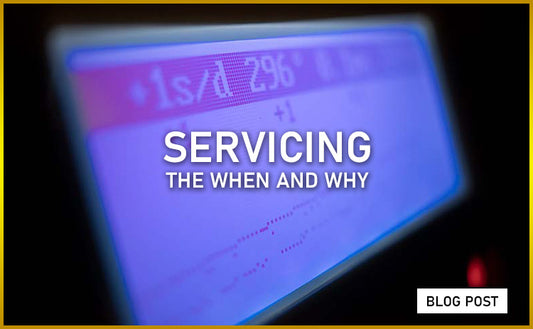
Watch Movements: Quartz vs Mechanical
Share
Watches may differ in size, style and features but all watch movements fall into three main categories: Mechanical, Automatic and Quartz. The debate of which is better has been a hot topic in the community for over 50 years but is ultimately down to personal preference.
In this article we look at what both have to offer, and help you decide which one is right for you.

What is a movement?
The movement is the power house of a watch. It's what makes your watch tick, including any complications such as a calendar, chronograph or moon phase details. This often hidden element is overlooked during a lot of purchases, yet plays a big part in determining the quality, value, and longevity of a watch.

Mechanical and Automatic
The first mechanical movements date back to 1700’s pocket watches with the self-winding (automatic) feature being invented by British watch repairer John Harwood in 1923.
Mechanical watches are powered by the release of a tightly wound mainspring, regulated by the so called, escape mechanism. With no battery in sight, the mainspring is mechanically wound using the crown or, in the case of automatics, wound via the oscillating weight and the wearers movement.

In both cases, an escape mechanism ensures the steady release of the mainsprings energy, giving the second hand a smooth, sweeping motion and allows the power reserve to keep the watch ticking between winds. This reserve will usually be between 30 and 40 hours, with our Gentlemen's collection chosen movement giving up to 42 hours power reserve. In extreme (and very expensive) cases this can rise upwards of 100 hours!
Automatic movements are tiny works of art, each containing hundreds of moving parts assembled to the highest level of precision. This manufacturing method drives up the costs, which is why you'll generally find mechanical movements in more expensive timepieces.

A potential downside to a mechanical watch is the need to keep that mainspring wound. Without the self-winding feature, you may find that hand winding becomes part of your daily or pre-wear routine. In the case of automatics, regular wear avoids this issue.
Mechanical and automatic movements were the only option right up until 1969, and the invention of the quartz watch.
Quartz movements
Quartz watches are battery powered, utilising an electronic oscillator, regulated by a quartz crystal to keep time which gives the second hand a classic ticking movement. The quartz crystal creates an incredibly precise signal, ensuring the timepiece is accurate within a few seconds per year.

Due to their high accuracy, battery power source and relatively cheap selling price, the invention of the quartz watch caused, what became known as, “the quartz crisis” in the 70’s and 80’s. This era saw the bankruptcy of dozens of Swiss watch companies as well as the rise of Japanese companies Seiko and Casio.
One drawback of choosing a quartz watch is it's battery life, requiring replacement every 3 or so years, although some, like our Debut collection, boast 5+ year battery life.
Today, over 90% of the watches on the market are built using quartz movements with mechanical watches often seen on higher end pieces.
Pros of an Automatic Movement
- Longevity: With the proper care, a well-built automatic watch will last a lifetime.
- Battery Free: No need to worry about having to replace a battery.
- Character: If you already own a mechanical watch, you'll know what I mean. There is something incomparable with having such a seemingly simple yet complicated piece of engineering on your wrist.
- Works of Art: Some automatic watches have a clear case back (and/or face) allowing you to view the workings of the movement.
Pros of a Quartz Movement
- Accuracy: Quartz watches have incredible accuracy, within a few seconds per year.
- Ease of Use: Can be put down for days without needing to reset the time.
- Low Maintenance: Fewer moving parts lead to fewer, and usually cheaper, servicing.
- Wallet friendly: Being cheaper and quicker to produce leads to a cheaper final product.
Summary
Each watch movement has its advantages: quartz have higher levels of accuracy and will last for years without any form of winding, while a mechanical watch is a moving work of art, paying homage to the engineering heritage that created them.
While the debate of quartz vs automatic has been raging for decades, each has their place.
In the end, if you want our advice - listen to your heart.

Thank you for reading, be sure to let us know what you think in the comments or get in touch with any questions via our contact page.
Want more? Check out our other blogs or follow along on our socials for more.





